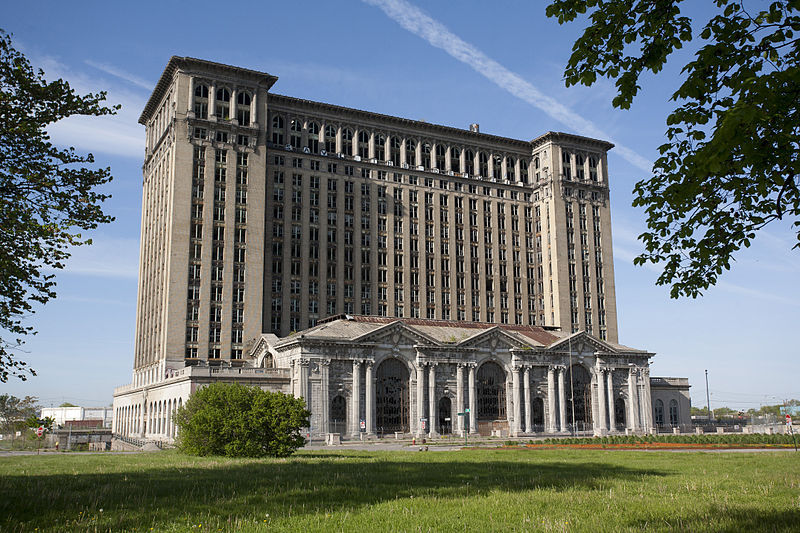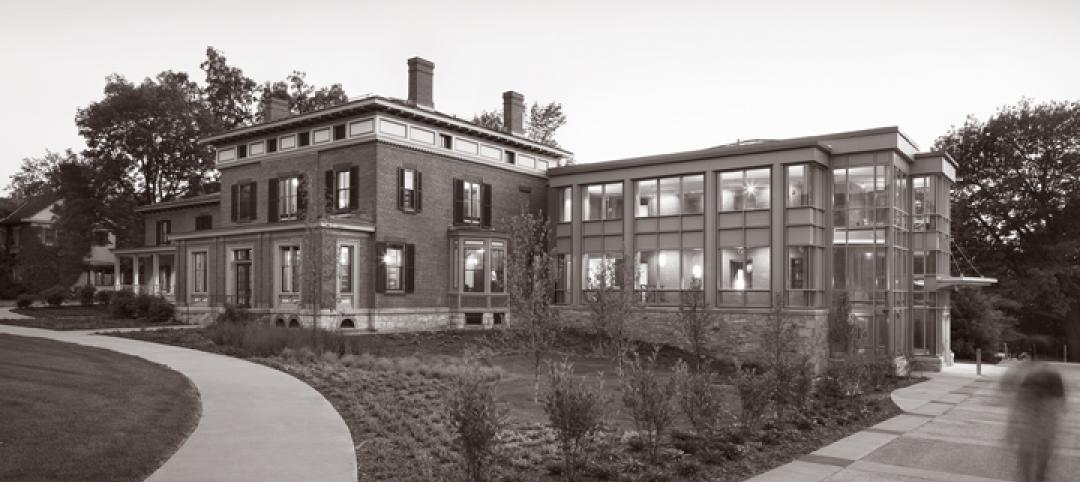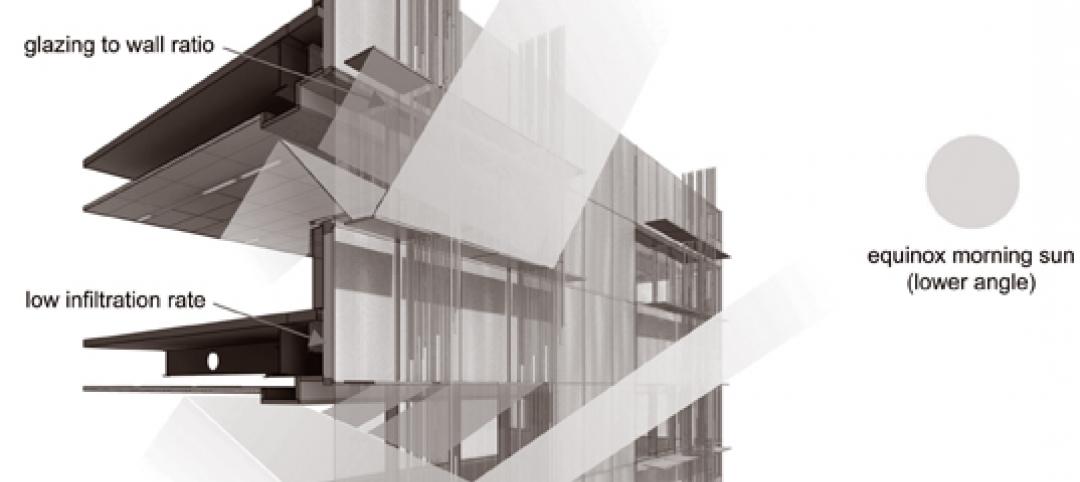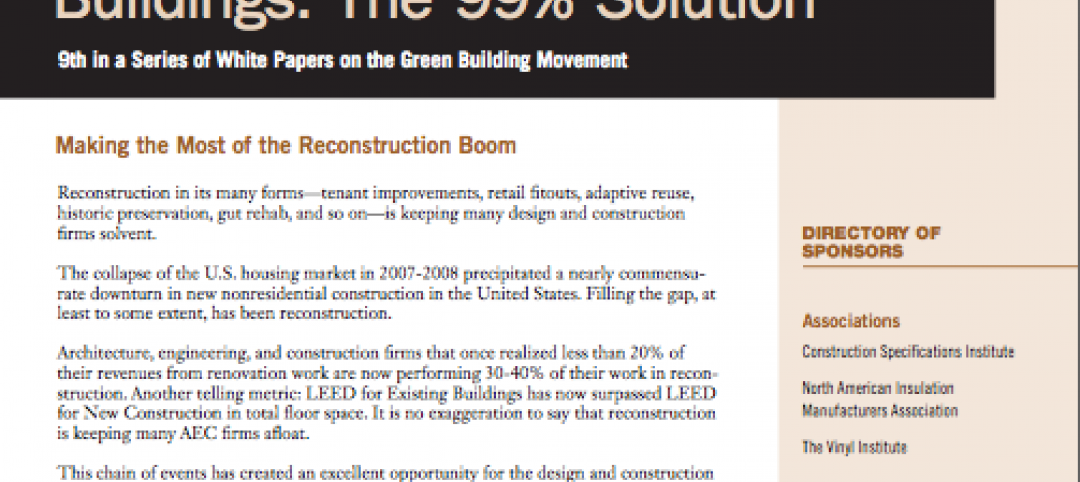Ford recently confirmed its interest in purchasing Michigan Central Station in Corktown. According to Crain’s Detroit Business, Edsel Ford II said the company’s board of directors was made aware of plans to purchase the infamously abandoned station as part of a redevelopment of Corktown. The building is currently owned by the family of billionaire Manuel Moroun.
The station, its 230-foot-tall, 18-floor office tower, and the 110,000-sf concourse have been vacant since 1988. Despite recent improvements, such as the installation of 1,100 new windows at a cost of $8 million, the abandoned facility would require a substantial reconstruction and renovation effort to get it back to working order.
See Also: Ford begins 10-year plan to centralize Dearborn, Mich., campus
Ford has already purchased a building in Corktown and wants to establish a campus in the area to have its autonomous and electric vehicle units in one spot. The interest in purchasing Michigan Central Station to spur a redevelopment in the Corktown area could be an attempt to attract young talent to support the company’s more future-forward goals, i.e. its autonomous and electric vehicle plans.
Michigan Central Station has been the focus of many potential restoration projects, but, to this point, none have been able to move passed the negotiation phase.
Update
Ford has officially purchased Michigan Central Station. According to the Detroit Free Press, the campus will become the hub of a new campus focused on advanced automotive technology. Ford also purchased the neighboring book depository building, also owned by the Morouns. More details about Ford's plans for the site will be revealed at a media event on June 19th.
Related Stories
| May 11, 2012
Chapter 8 High-Performance Reconstruction and Historic Preservation: Conflict and Opportunity
What historic preservationists and energy-performance advocates can learn from each other.
| May 10, 2012
Chapter 7 When Modern Becomes Historic: Preserving the Modernist Building Envelope
This AIA CES Discovery course explores the special reconstruction questions posed by Modern-era buildings.
| May 10, 2012
Chapter 6 Energy Codes + Reconstructed Buildings: 2012 and Beyond
Our experts analyze the next generation of energy and green building codes and how they impact reconstruction.
| May 10, 2012
Chapter 5 LEED-EB and Green Globes CIEB: Rating Sustainable Reconstruction
Certification for existing buildings under these two rating programs has overtaken that for new construction.
| May 10, 2012
Chapter 4 Business Case for High-Performance Reconstructed Buildings
Five reconstruction projects in one city make a bottom-line case for reconstruction across the country.
| May 10, 2012
Chapter 3 How Building Technologies Contribute to Reconstruction Advances
Building Teams are employing a wide variety of components and systems in their reconstruction projects.
| May 9, 2012
Chapter 1 Reconstruction: ‘The 99% Solution’ for Energy Savings in Buildings
As a share of total construction activity reconstruction has been on the rise in the U.S. and Canada in the last few years, which creates a golden opportunity for extensive energy savings.
| May 7, 2012
4 more trends in higher-education facilities
Our series on college buildings continues with a look at new classroom designs, flexible space, collaboration areas, and the evolving role of the university library.
| May 3, 2012
NSF publishes ANSI standard evaluating the sustainability of single ply roofing membranes
New NSF Standard provides manufacturers, specifiers and building industry with verifiable, objective criteria to identify sustainable roofing products.
















